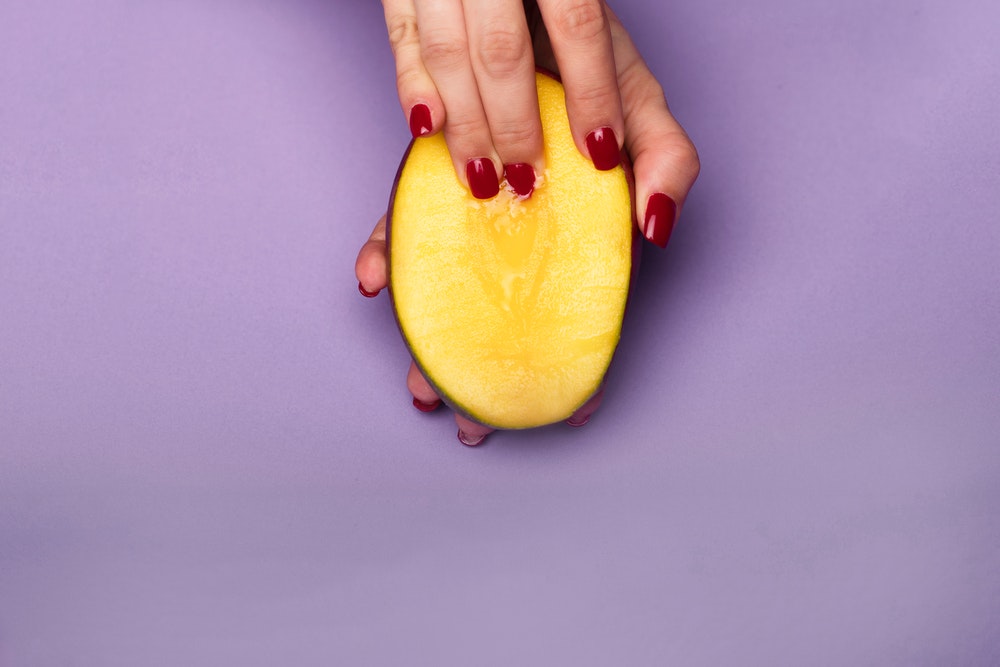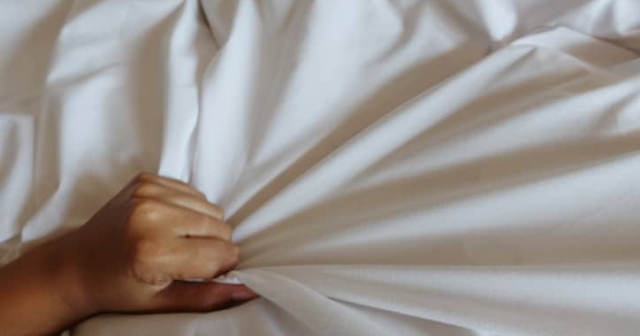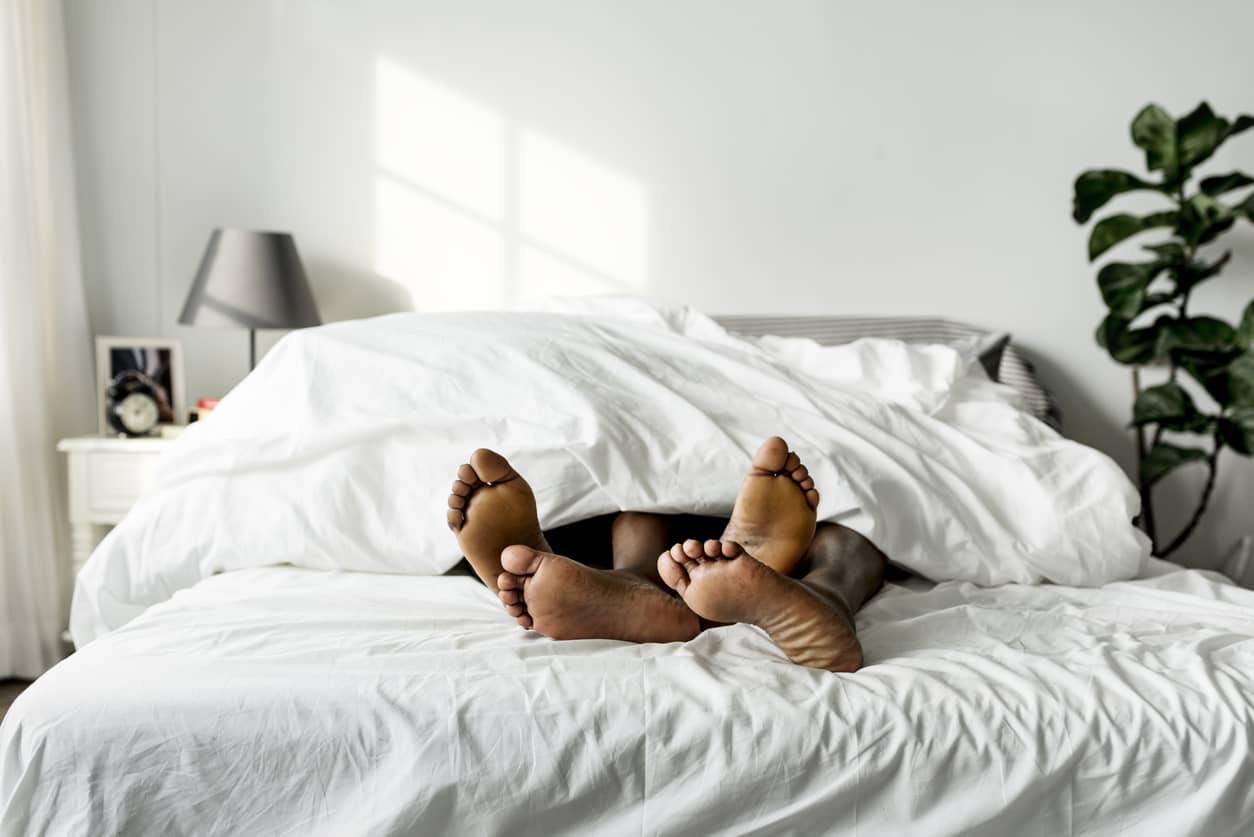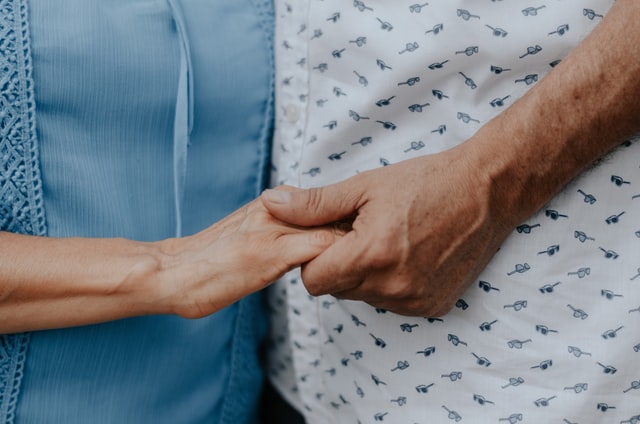Some people might feel awkward talking about it, but masturbation – getting sexual pleasure by stimulating your genitals through touching or rubbing – is a natural, healthy sexual activity.
And that’s true regardless of your gender, whether you’re single or in a relationship, or whether you’re alone or with a partner.
So read on to learn about masturbation for people with vaginas (or female masturbation), from how it works to the parts of the body involved.
How does sexual arousal work for people with vaginas?
During masturbation or any other sexual activity, you can become ‘turned on’ or sexually aroused. This makes more blood flow in the vaginal walls, creating fluid (lubrication) that makes the vagina wet.
Your genitals also become swollen (engorged) due to the increased blood flow. You may become flushed as your heart rate and breathing gets faster.
If you continue to get more aroused and stimulated, it can lead to an orgasm – also called ‘coming’ or ‘climaxing’. This is when your genital muscles quickly tighten (contract) and you get an intense feeling of pleasure and release.
Some people with vaginas also ejaculate when they orgasm, spurting a clear fluid from glands close to the hole they wee out of (urethra).
What body parts are involved?
While the vagina is where a penis can be inserted during penetrative sex, the outer genitals (vulva) are also very important for sexual pleasure.
The vulva includes 2 lips of skin (labia), which cover the opening to the vagina, and at the top of these, the clitoris. This small, pearl-like bump is very sensitive and clitoris stimulation can often lead to orgasm.

How do people with vaginas masturbate?
First, know that while masturbation is often thought of as something you do on your own, lots of people enjoy doing it with someone else, too.
Whether you’re alone or with a partner, remember that everyone is different when it comes to sexual pleasure. So it’s a good idea to experiment with how you masturbate – you can practise touching different areas at different times, and applying different amounts of pressure at different speeds, to find out what works for you.
You can try:
- clitoral masturbation: you can use your fingers, hands or a sex toy to touch, rub and stroke the clitoris. Lots of people find that stimulating the clitoris during masturbation leads to orgasm
- vaginal masturbation: you can use your fingers, hand or a sex toy to penetrate the vagina and rub and stroke the area around it. It’s possible to have an orgasm by stimulating the vagina during masturbation, but many people find it more difficult to orgasm this way
- a combination: some people find that combining clitoral and vaginal stimulation during masturbation can lead to a more intense orgasm
- touching the ‘erogenous zones’: these are other areas of the body that can also give you sexual pleasure when touched, including your nipples, inner thighs, ears and neck
What if I don’t have an orgasm?
While masturbation can lead to orgasm – or even more than 1 orgasm – it doesn’t have to. For example, people can get pleasure from vaginal stimulation during masturbation, but it may not always lead to orgasm.
Some people find it more difficult to orgasm than others, especially if they haven’t had much experience of sex. It may take some time and practice to work out what turns you on, so don’t worry if you don’t get there straight away.
Difficulty having an orgasm can sometimes also be caused by things such anxiety, stress or depression, or relationship problems.
If you’re worried about not being able to orgasm, it might be a good idea to speak to your doctor. They may be able to check if there’s a physical reason, or refer you to a sex therapist for support.
And remember – if you don’t enjoy masturbating, that’s fine, too.
Do I need to worry about sexually transmitted infections (STIs)?
Masturbation is the safest sex you can have if you do it on your own – there’s no risk of pregnancy or sexually transmitted infections (STIs).
But if you’re masturbating with a partner, remember that STIs can be passed on through infected vaginal fluid or semen. This could still happen if you touch your partner’s genitals and then your own, for example.
It’s important to keep any sex toys clean and wash them between uses on different people for the same reasons.
Finally, bear in mind that being too rough or masturbating a lot in a short space of time can leave your genitals feeling sore.

Key points
- masturbation is a normal, healthy sexual activity
- anyone can masturbate, on their own or with a partner
- people with vaginas usually need to stimulate their clitoris to have an orgasm during masturbation
- vaginal stimulation can also lead to sexual pleasure and sometimes orgasm during masturbation
- there’s no right or wrong way to masturbate – you just need to figure out what works for you






